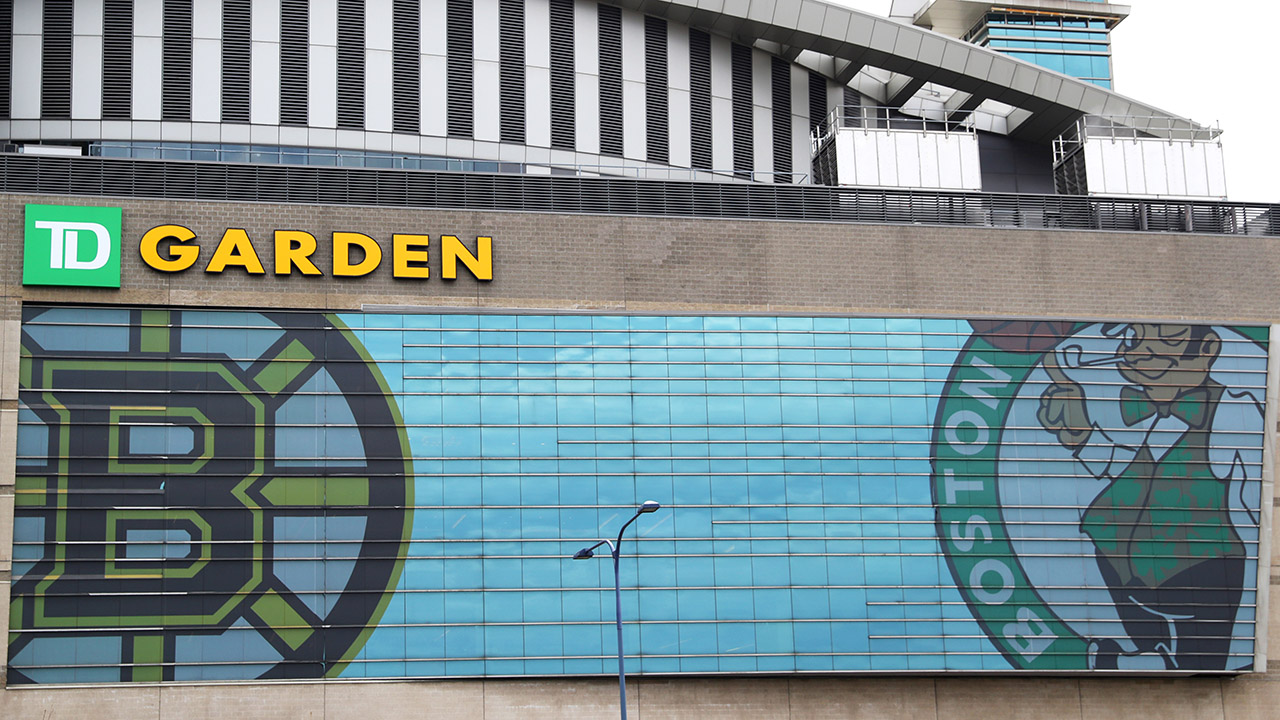In this post:
- Explanation of El Nino impact on winter's start
- Check-in on our winter forecast, issued in October
- Update and details on what to expect for the rest of the snow season in New England
Back in October, our NECN Weather Team released our Winter Preview half-hour weather special, and I shared expectation for the winter - a warmer than normal winter that would be somewhat wetter than normal, meaning messy events for Southern New England with mixed precipitation, and the hope for a bounty of snow in the North Country as long as the warm air wasn't so overwhelming that it reached so far north.
Here's an update:
First, that forecast wasn't hard, and I acknowledged that in October - that doesn't mean it was destined to be right, it just meant that in a strong El Nino winter, the expectation of warmer-than-normal conditions is second-nature. The prediction of a wetter-than-normal winter (more precipitation than normal, be it as rain or snow) was a bit more of a toss-up, as El Nino winters vary in their precipitation to New England, but the expectation of a subtropical availability of moisture in the Eastern United States drove the idea of bumping precipitation above normal.
As the winter has just started to unfold, but November proved warm and dry and December is featuring a remarkable lack of cold air throughout the Continental United States, I've been hearing from many asking about whether snow lovers - particularly winter enthusiasts - should plan on a lackluster winter.
My answer: Not at all, yet. In fact, if my expectation proves true, there still will be plenty of snow to come in Northern New England, particularly, and especially in middle to late January through February.
Local
My thinking is this - there does not appear to be any reason to change the expectation for warmer than normal conditions, and subtropical contribution to an active Eastern U.S. storm track still seems likely, finding support from some of the seasonal models as well as the aforementioned tendency for such a pattern to evolve in a strong El Nino year. Furthermore, observations show El Nino may have peaked and is slowly weakening. Couple this with our normal descent into the coldest time of the year and the picture begins to change.
First, the guidance - which has been consistent and strong on indications of how the rest of this snow season will turn out - a composite of January/February/March. Below is the latest output from the National Oceanic and Atmospheric Administration's Climate Forecast System:
Temperature anomaly forecast (showing areas forecast to be warmer-than-normal in red, colder-than-normal in blue):
Precipitation anomaly forecast (showing areas forecast to be wetter-than-normal in green, drier-than-normal in orange):
Though these climate guidance products cannot and should not be taken verbatim in any extended forecast (and sometimes are grossly incorrect!), there are times the signals are overwhelming and the message is one that, even if exhibiting inherent error, still is clear - in this case, warmer than normal weather for the rest of the winter seems quite likely.
The precipitation signal is a bit more tenuous, as there is a fairly tight transition from above to below normal precipitation in the January through March timeframe, but this pattern nearly exactly matches the East Coast precipitation forecast laid out in our October forecast for the winter - here is that winter forecast map issued in mid-October - nearly an exact match to the recent computer guidance. This doesn't mean the forecast is right, but it certainly does add a nice confidence to the forecast, and make me think we still have the best forecast we could possibly have:
Our October forecast for this winter still holds:
So... putting this all together, this is what I think we're left with:
- Warmer-than-normal temperatures will continue to reign, regionwide, in New England and the Northeast.
- The transition to more wintry precipitation in the weeks ahead will take place gradually, with each storm bringing a snow line somewhat farther south in the coming weeks. In many years, we can make the transition by getting a solid shot of cold and then everyone, north and south, alike, snows on the backside of the cold - that doesn't seem likely this year.
- As New England enters the coldest time of the year, even a warmer-than-normal regime can produce healthy snow in New England's Ski and Snowmobile Country
- Much of Southern New England - especially far Southern New England into the Mid-Atlantic - very likely ends up with below-normal snowfall this winter
- Many of the winter weather events for Southern and Central New England will likely feature bursts of snow on the front-end of storm, changing to sleet, freezing rain and rain as storms progress - these bursts often can produce a quick 4"-8" of snow before changing over, and closer to a foot in Northern New England
- Ski Country will make up for some lost snow in likely "upslope snow" events as storms depart but leave behind sufficient moisture for northwest and west winds to produce enhanced snow on northwest and west facing mountain slopes.
We'll see how close to accurate this ends up, but that's my best guess based upon how the season has evolved. In other words - those who make a living on snow in Northern New England should most definitely not give up the ship yet!



